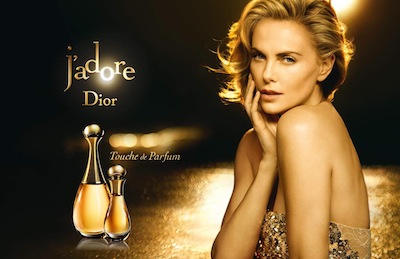 Chanel L.A. Sunrise collection
Chanel L.A. Sunrise collection
The global premium cosmetics market is expected to exceed $126 billion by 2019, according to a report by Technavio.
Over the forecast period, global premium cosmetics will grow at a compound annual growth rate of 4 percent due to the high amount of new products introduced throughout the sector. Customization and personalization of fragrances and skincare products have played a particularly large part in the sector’s continuous growth.
Beauty around the globe
Technavio’s report looks at the present and prospective growth of the global premium cosmetics market between 2015 and 2019.
The report also examines the top seven vendors in specific markets, broken down as four regions: Americas, Europe, APAC and MEA. Key vendors include Chanel, Coty, Inc., Estée Lauder, KAO Corporation, L’Oreal, LVMH and Shiseido.
Technavio found that the Americas market is the largest for premium cosmetics. The region’s growth is attributed to product innovation and technological advances.
More specifically, the consumption of cosmetics in Latin America is expected to increase. Brazilian consumers will be responsible for 58 percent of the cosmetic purchases in the region.
The U.S. market has shown a growing demand for natural and organic cosmetics and has seen positive growth in the premium fragrance sector. The report found that perfumers selling fragrances costing more than $100 per bottle have done so by scripting powerful marketing strategies.
 J'adore Dior fragrance campaign
After the Americas, Europe is the second largest market for premium cosmetics. L’Oreal leads the European market, doing so by positioning products that have a “medical touch” or are geared toward the care of sensitive skin.
The APAC region is the fastest growing market for premium cosmetics with the skin care segment, such as anti-aging products and daily moisturizers, dominating the market share. Growth in the APAC region is also attributed to a rising middle-class population that has more disposable income.
Within the region, China, India and Japan are the major players for premium cosmetics brands. L’Oreal and Estée Lauder, for instance, have become two of the most important brand players in China, with the latter launching a country-specific skincare brand, Osiao. However, in Japan local players such as KAO and Shiseido dominate the market.
Last fall, Estée Lauder Cos. strengthened its presence in South Korea by purchasing an interest in Have & Be Co. Ltd.
The deal closed in December 2015, the terms of which were not disclosed publicly, but brought Estée Lauder closer to skincare brands Dr. Jart+ and Do The Right Thing. The purchase will help Estée Lauder increase its presence in Asia and capitalize on a growing South Korean beauty wave ahead of a potential global flourish (see story).
J'adore Dior fragrance campaign
After the Americas, Europe is the second largest market for premium cosmetics. L’Oreal leads the European market, doing so by positioning products that have a “medical touch” or are geared toward the care of sensitive skin.
The APAC region is the fastest growing market for premium cosmetics with the skin care segment, such as anti-aging products and daily moisturizers, dominating the market share. Growth in the APAC region is also attributed to a rising middle-class population that has more disposable income.
Within the region, China, India and Japan are the major players for premium cosmetics brands. L’Oreal and Estée Lauder, for instance, have become two of the most important brand players in China, with the latter launching a country-specific skincare brand, Osiao. However, in Japan local players such as KAO and Shiseido dominate the market.
Last fall, Estée Lauder Cos. strengthened its presence in South Korea by purchasing an interest in Have & Be Co. Ltd.
The deal closed in December 2015, the terms of which were not disclosed publicly, but brought Estée Lauder closer to skincare brands Dr. Jart+ and Do The Right Thing. The purchase will help Estée Lauder increase its presence in Asia and capitalize on a growing South Korean beauty wave ahead of a potential global flourish (see story).

Dr. Jart+ Original BB image, sold on Sephora's ecommerce site
Similar to APAC countries, the MEA region is rapidly growing, especially the fragrance sector. Fragrance alone was estimated at more than $2 billion in 2014 and premium cosmetics accounted for 42 percent of sales in the Middle East. This region’s growth is related to a sophisticated youth demographic, a rising middle-class, higher disposable income and growing urbanization. The MEA’s younger population is also eager to try new Western brands, with Chanel, Gucci and Dior among the most preferred.